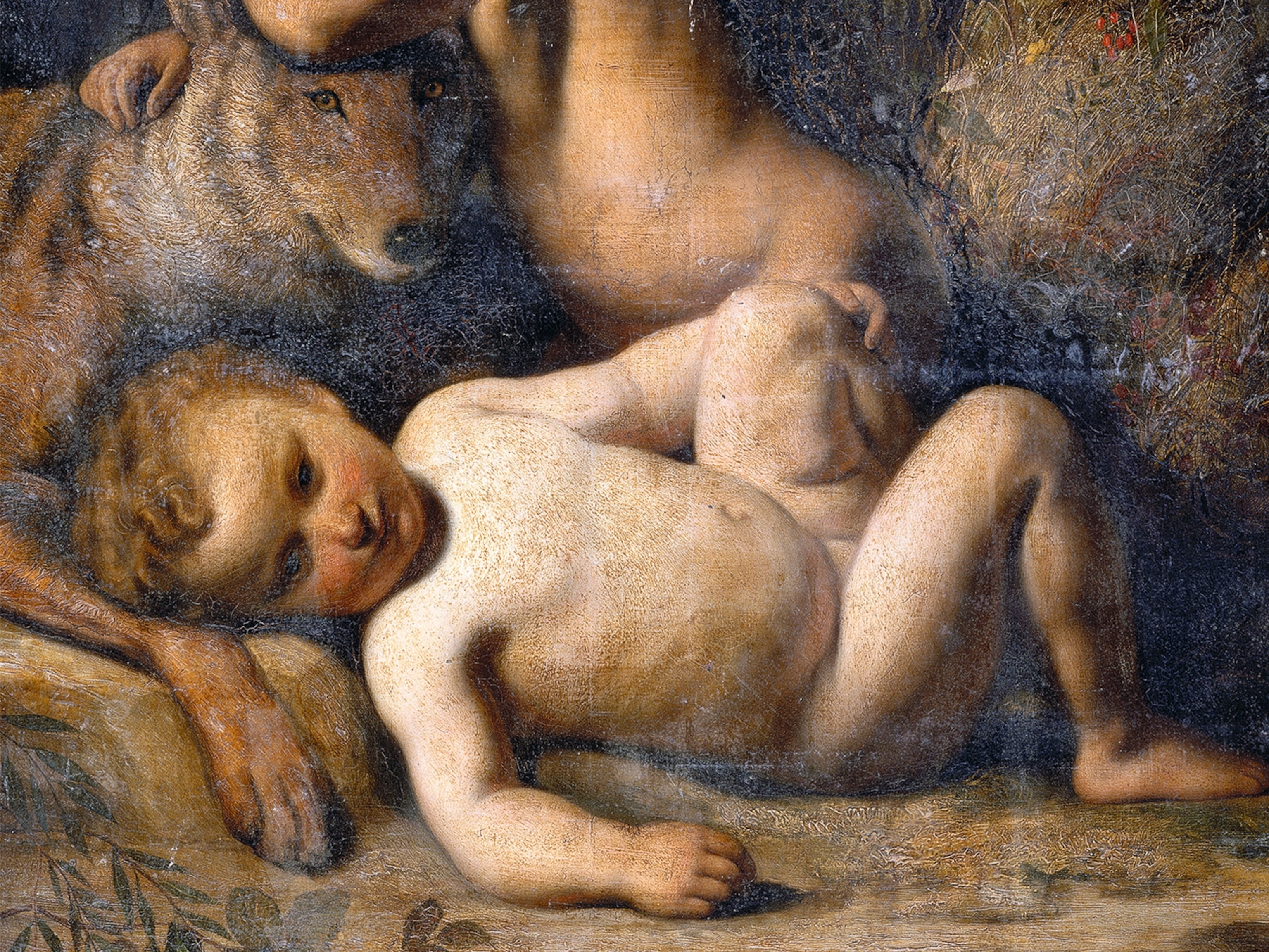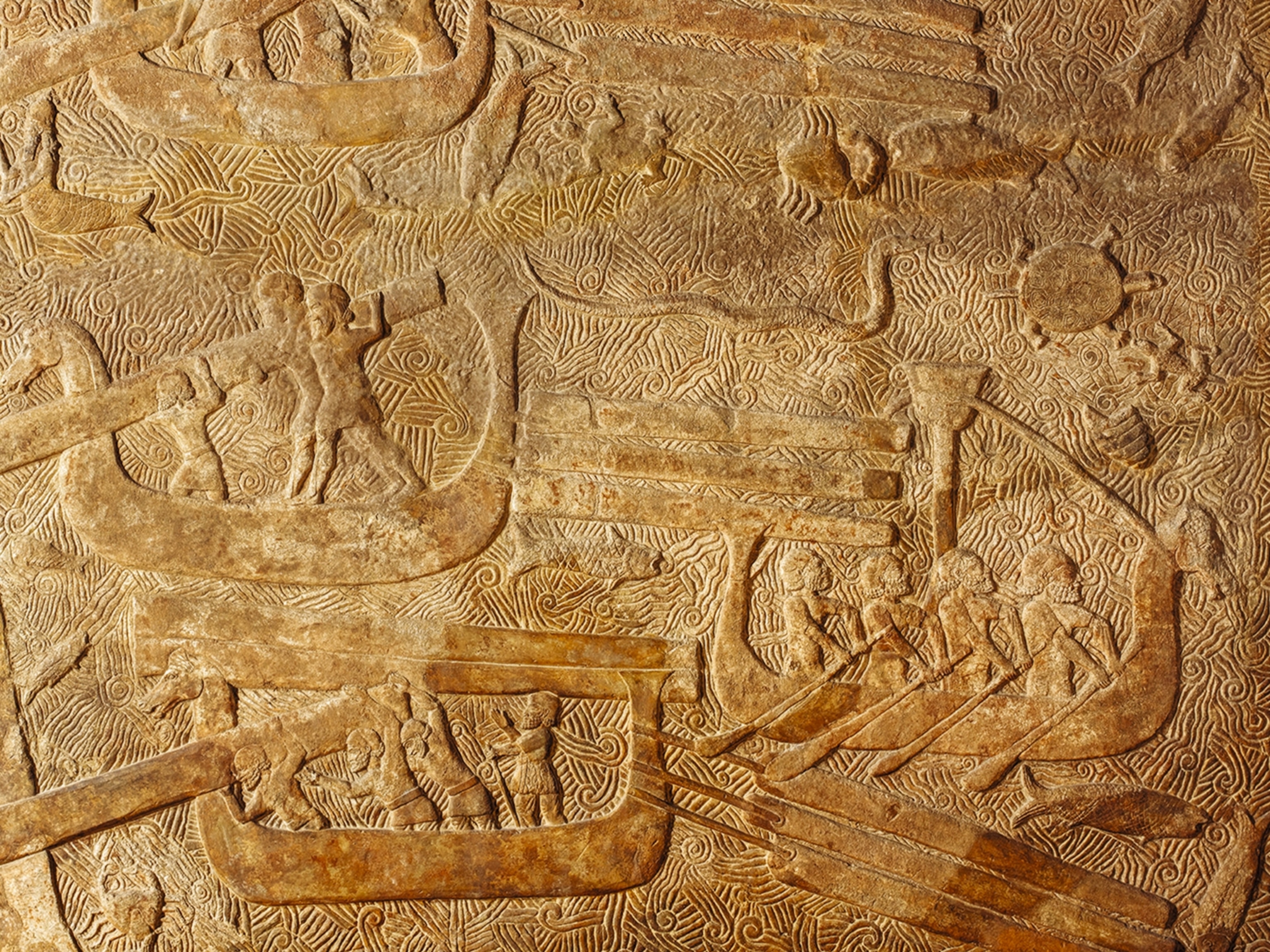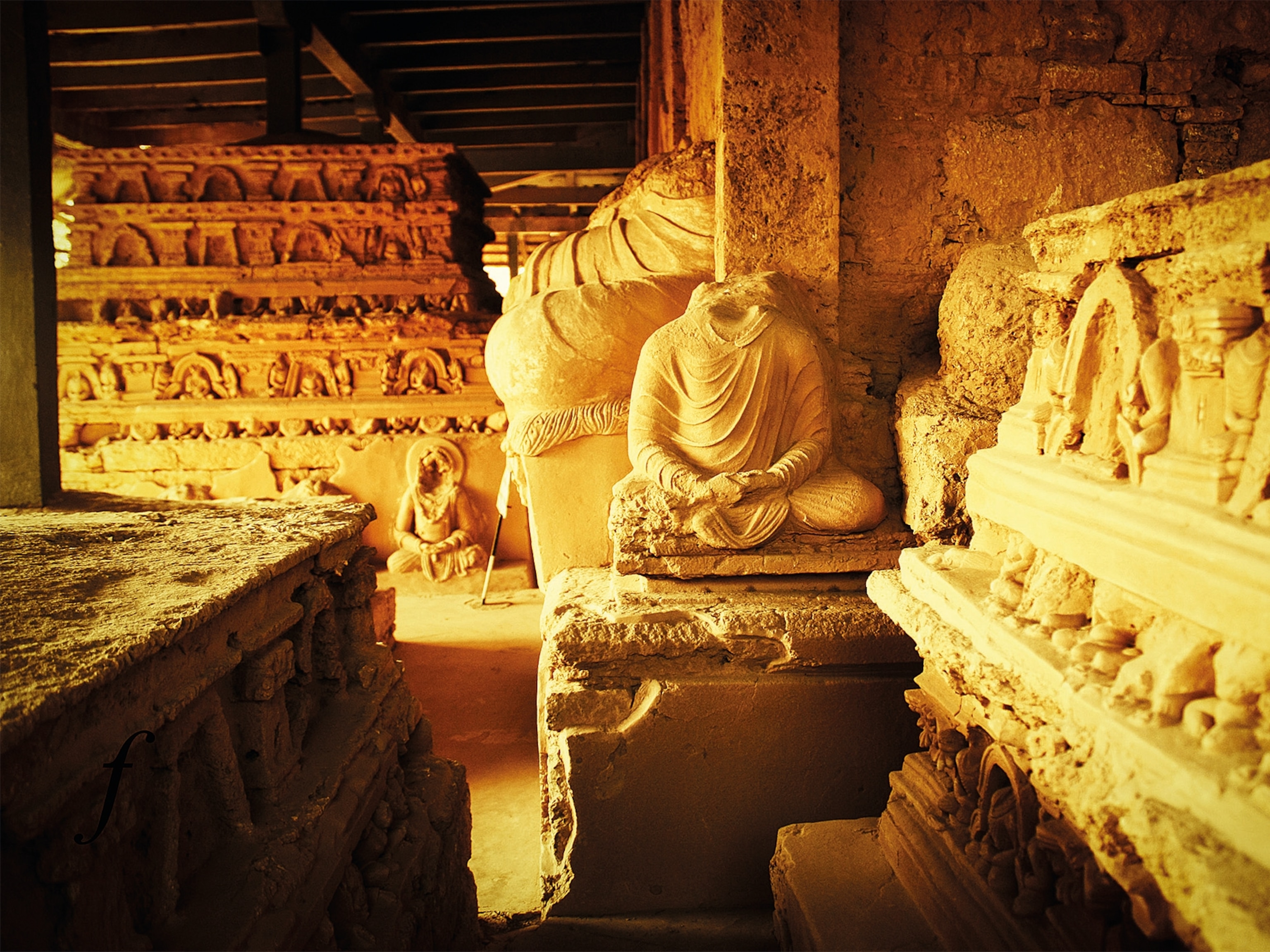
Ancient Alcoholic Drink’s Unusual Starter: Human Spit
You never forget your first fermented spit drink.
In the rainforest of Peru, locals chew yuca and spit the masticated root into jars for fermentation. The resulting alcoholic beverage is a local staple called masato, and a few weeks ago, I was offered my first cup.
The masato smelled like pickle juice spiced with cloves. Refusing a drink is social suicide in Amazonia, so I smiled and took a pathetic, thimble-sized sip. It tasted fruity, like sherry. Then I knocked back a more confident gulp, probing the murky drink with my tongue for any hint of saliva. Instead I came away with a cedar aftertaste. The jungle beverage was shockingly refreshing.
Masato, only one of its many names, is important for rainforest communities. The drink has been around for thousands of years. It’s critical in everyday life as a source of carbohydrates, as a social lubricant and as a means of exerting political power, according to experts.
You can make an alcoholic libation out of anything—all you need is sugar. That’s because microscopic fungi called yeast produce alcohol when eating sugar.
Masato is a fermented drink based on yuca, which is a big tuber with lots of starch and very little sugar. So native Peruvians boil, peel and chew the yuca and let it sit for a few days. (Eating raw yuca can be dangerous, so don’t do it.) The enzymes in their saliva break down the starch and turn it into sugar—perfect for hungry yeast. If you hold a cracker in your mouth for one minute, it will start to taste sweet. That’s because the enzymes in your own saliva are unraveling the carbohydrates in the starch and turning them into sugars. It’s the same principle.
“You don’t need saliva if the thing you begin with has sugar already,” says Rosemary Joyce, an anthropologist at the University of California at Berkeley. “You don’t need to chew grapes to make wine.”
Making masato is a simple process that takes a lot of coordination. Preparing enough for a party requires a lot of planning that can start up to a year in advance—planting, harvesting and processing the yuca.
Before pottery existed, a family would sit around a dugout canoe and brew about 45 gallons of masato in one go, says Clark Erickson, an anthropologist at the University of Pennsylvania.
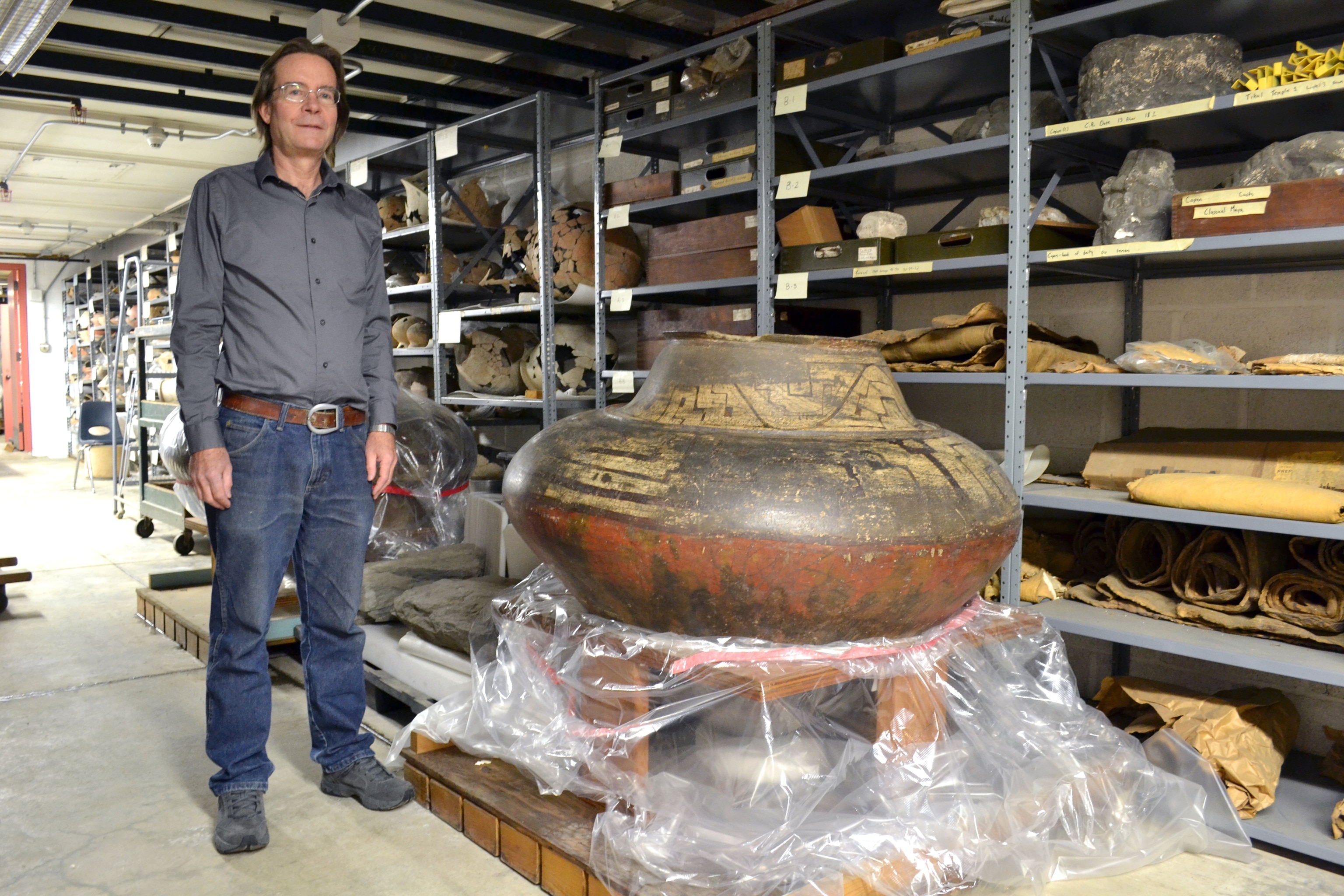
The resulting liquor isn’t that tasty on its own, so Peruvians add fruit and spices to the drink. It’s basically the ancient equivalent of a cocktail.
Just how ancient, no one knows. Peruvian tribes had no written language, so scholars rely on Spanish chroniclers for much of their information. One of the earlier references to masato was written by the historian Antonio de León Pinelo, who published a book in 1636 about Latin American cuisine. He describes, in Spanish, an alcoholic drink made when “girls chew the goo and set it aside in a glass.”
Of course, masato is probably thousands of years older than the Spanish account suggests. Anthropologists have studied the microscopic records of the unique, small glass particles in plants called phytoliths. By analyzing the glass left over on old ceramic pots and stone tools, scientists can approximate when Peruvians started using yuca.
“[The] Amazonia people were cultivating yuca for a very long time,” Joyce tells The Plate.
Amazonians still use masato as an important source of carbohydrates. In the rainforest, most people don’t eat lunch, says Cesar Hidalgo Huaniri, a native of Iquitos and rainforest guide. The drink supplements their diets throughout a day of hard labor, and it’s often safer to drink than water, which could be contaminated. “You’re not supposed to get drunk [on masato] you’re supposed to get filled up,” says Justin Jennings, a curator at the Royal Ontario Museum in Canada. “It’s liquid porridge.”
That’s not to say people don’t take advantage of a good buzz during big, multi-day celebrations. The alcohol content in masato is probably about the same as Budweiser—between 2 and 6 percent—Erickson says.
Women are the main producers of masato and alcoholic drinks in general, Jennings says, and they use it as a source of power. “Women aren’t particularly visible,” he adds. “yet they’re manipulating the situation through the power of drink production and distribution—when they serve [men], how they serve them and which bowl they serve them with.” For example, if you’re angry with your husband you might serve him low quality masato or serve him last or serve it to him with a bowl that’s decorated poorly.
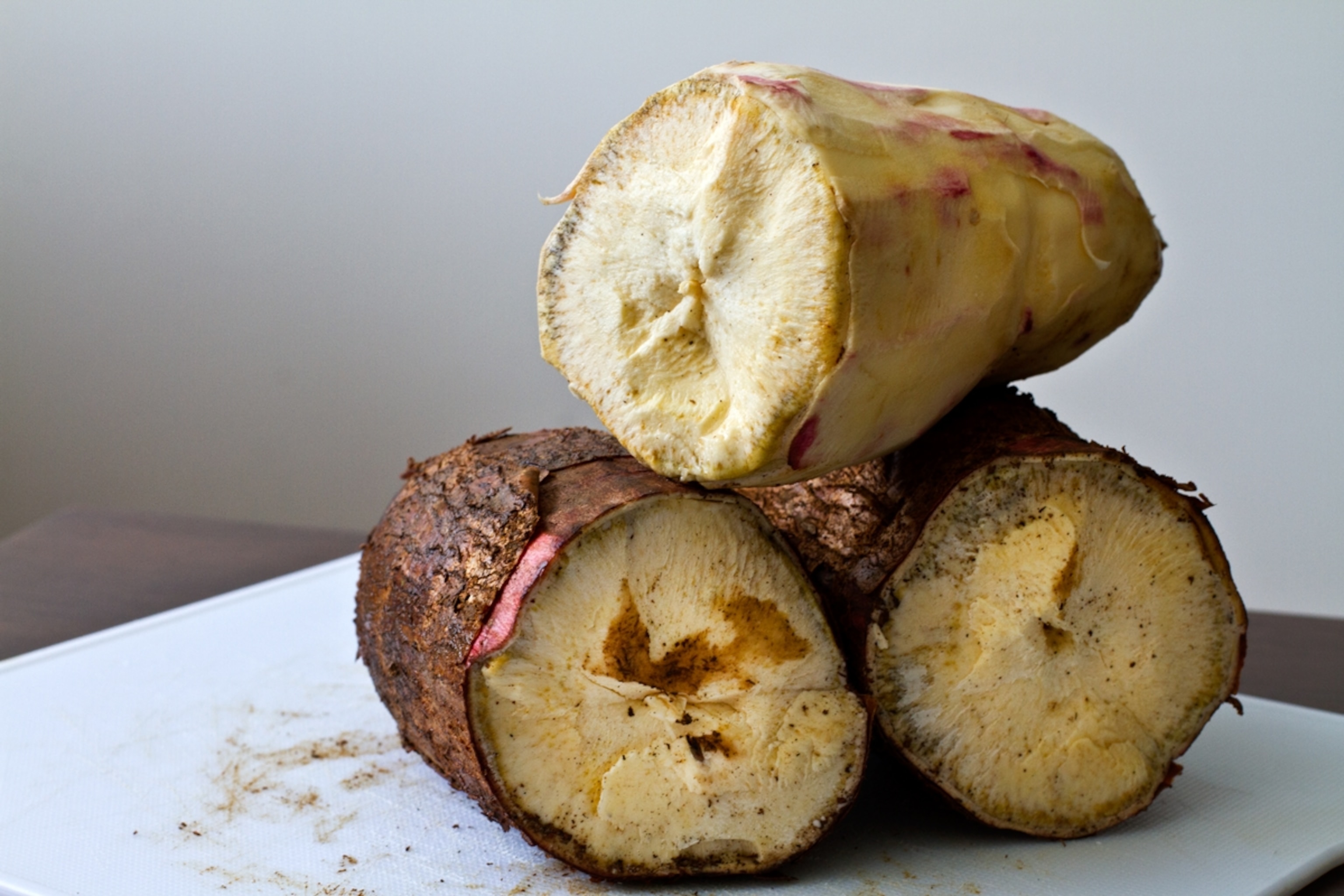
Families use masato for social leverage. The beverage takes days to make, so when people invite others over to imbibe, it’s a big deal. “You’re using gifts to create debt,” Jennings says.
This practice creates social cohesion. But it can also cause chaos.
Rumor has it that in the 16th Century a Spaniard gravely insulted the Inca—Peru’s ancient rulers—by refusing a drink and inadvertently kicked off a war between the two cultures. “It’s an intimate exchange,” Jennings says. “A lot of times you’re just having a drink, but it can potentially be fraught.”
Masato can also be fraught for tourists. Unfortunately, the libration spreads diseases like Hepatitis B if you don’t have the appropriate vaccinations, according to a study published in the Peruvian Journal of Experimental Medicine and Public Health.
“What do you do when you’re not sure a food is safe?” Joyce says, “On the one hand this is wonderful local culture, but you have to be realistic about your medical status.”
Yesterday, I went to a market in Lima to buy yuca. I peeled and boiled the sweet smelling tuber and then stuck it in my mouth for a good, long chew. My version of masato should be ready in a few days. Thirsty?






